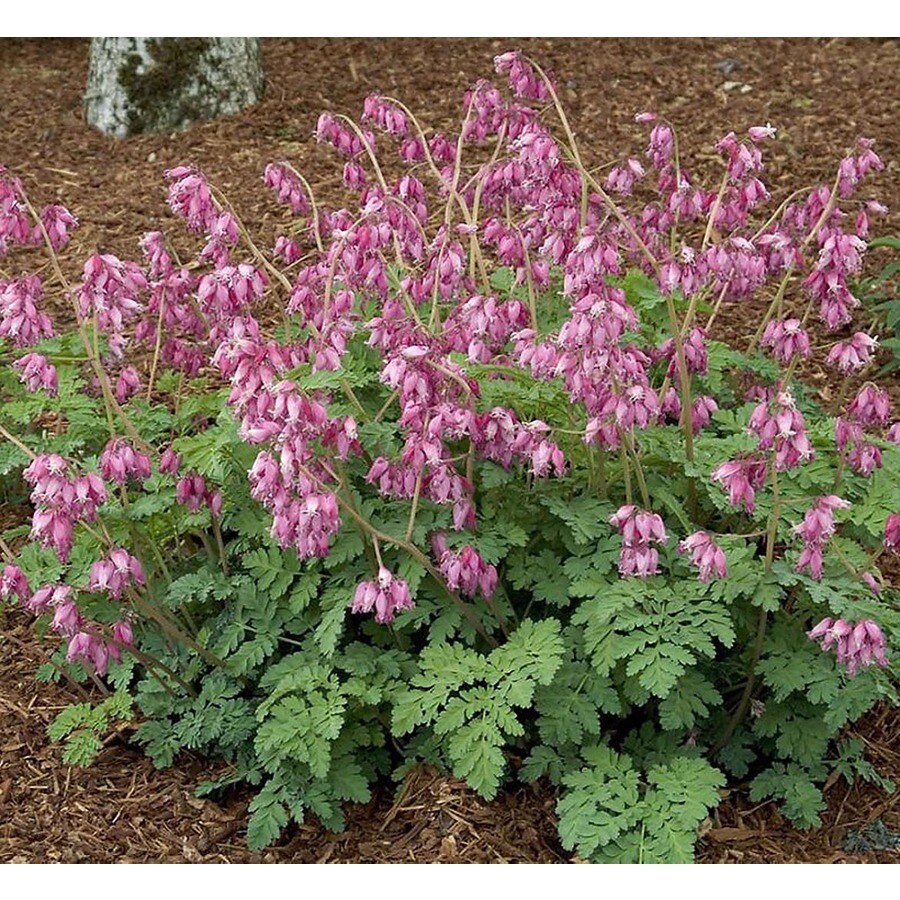

The plants get 2-3 feet tall, and the dangling blossoms on arching stems remind me of a charm bracelet. This non-native one ( Dicentra spectabilis) brings back many fond memories of my grandmother and her delightful flower garden. Here’s a corner tucked up against the back of our attached garage and the back porch – just a mass of Virginia Bluebells and Celandine Poppies at this time of year.I am amazed at the variety of shapes and colors of flowers, and I find the shape of Bleeding Hearts especially intriguing. I consider this a small price to pay, though. Arguably, the Celandine Poppy spreads a little too freely – you may find yourself digging up clumps of it. This is one reason why I have lots of Celandine Poppy ( Stylophorum diphyllum) mixed with Virginia Bluebells in several shady corners of the garden.īoth Celandine Poppy and Virginia Bluebells will spread freely by seed.

Brunnera macrophylla is not an ephemeral in fact it can make a satisfactory ground cover through the summer.īlue and pink is nice, but personally I think blue and yellow is even better. I prefer the straight species to the variegated cultivars, which are often easier to find in garden centers. The North American species is just a bit too plain for me (and they’re not even in the same genus anymore).įalse Forget-Me-Not ( Brunnera macrophyla) is another companion for Old-Fashioned Bleeding Heart that offers a blue/pink color combination.įalse-Forget-Me-Not also goes by the common name Siberian Bugloss. To prove my internationalist credentials, though, I must say that I far prefer the Old-Fashioned Bleeding Hearts, which hail from East Asia, to the North American Wild Bleeding Heart ( Dicentra eximia). I don’t want to engage in gratuitous nationalism in these fractious days, but the English and Spanish Bluebells ( Hyacinthoides non-scripta and H. You need something to step forward and continue the show when this happens.Įven so, it must be acknowledged that Virginia Bluebells are just wonderful. Virginia Bluebells require a little planning, because once they set seed they just keel over. One reason for this is that they look so good on their own or in combination. Virginia Bluebells ( Mertensia virginica) and Old-Fashioned Bleeding Hearts ( Lamprocapnos spectabilis) are among the most endearing blooms of spring.


 0 kommentar(er)
0 kommentar(er)
